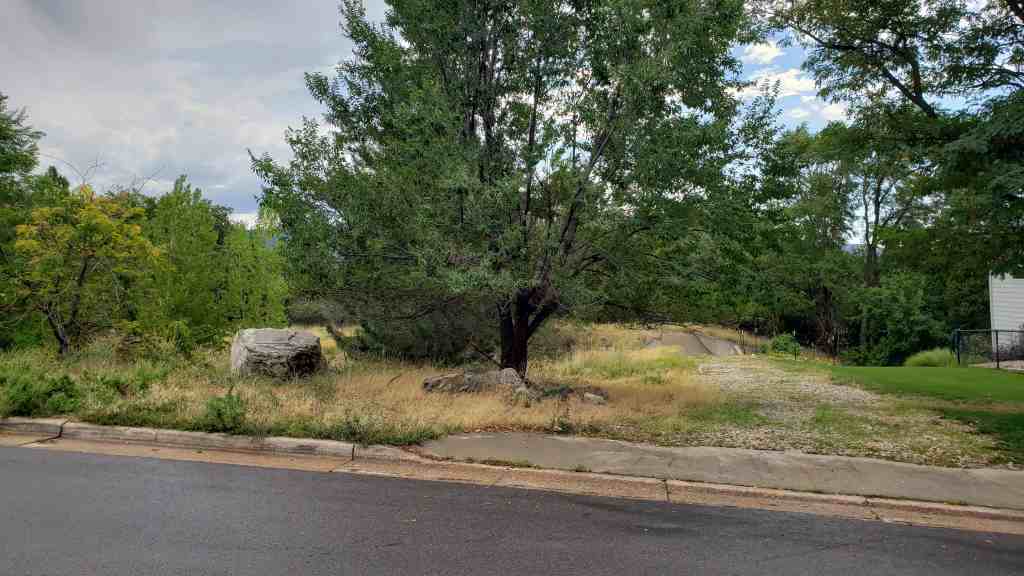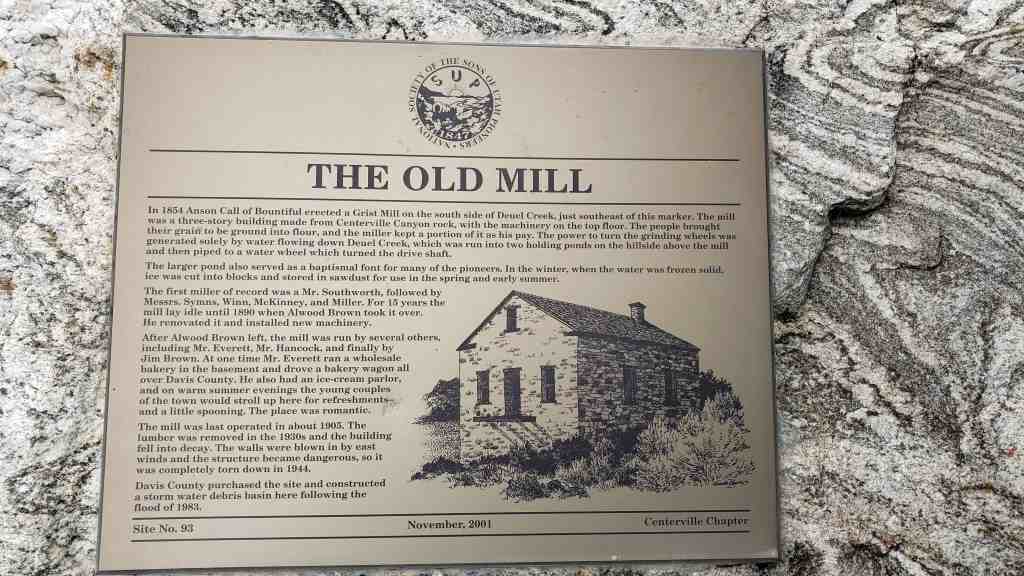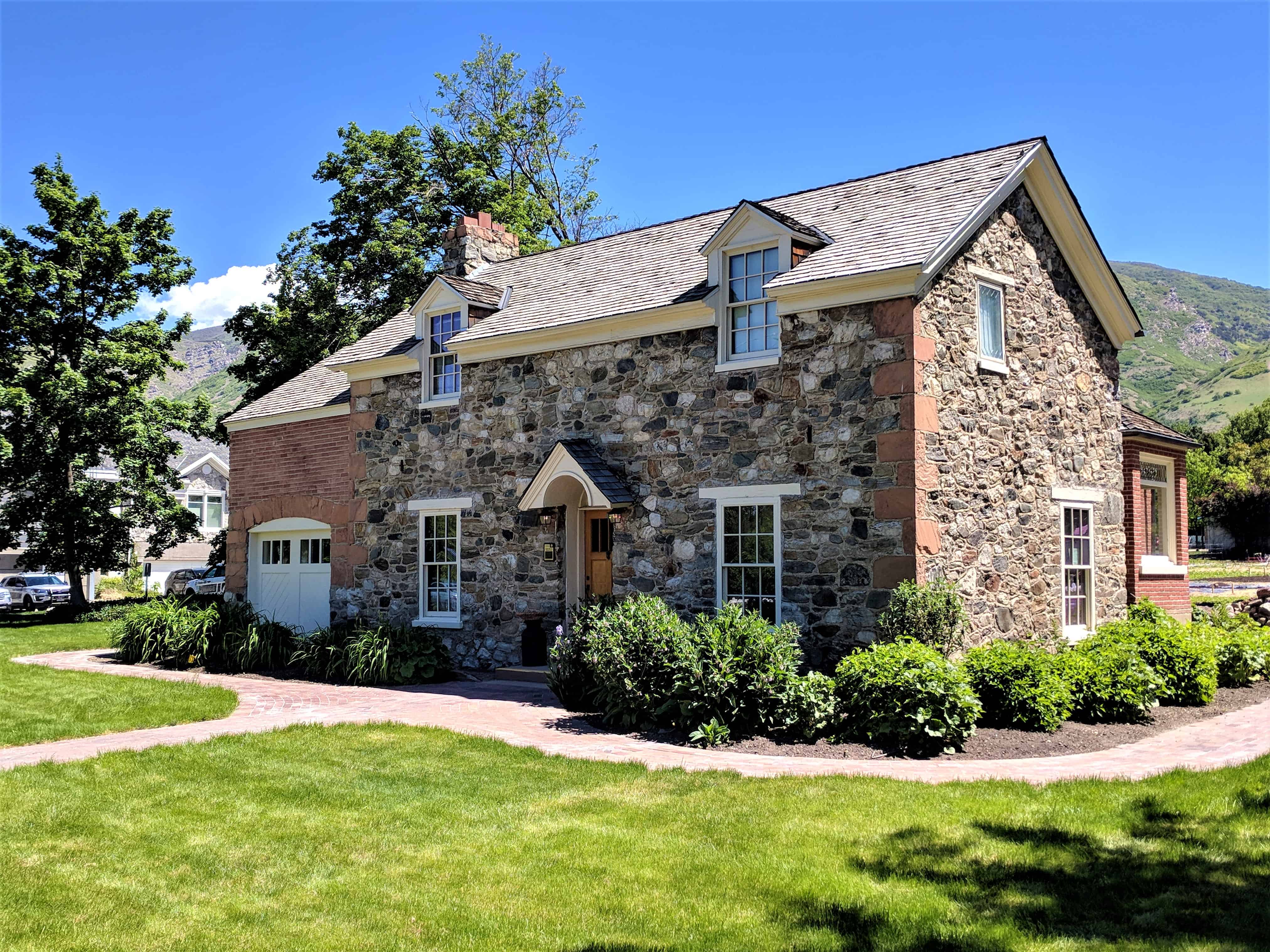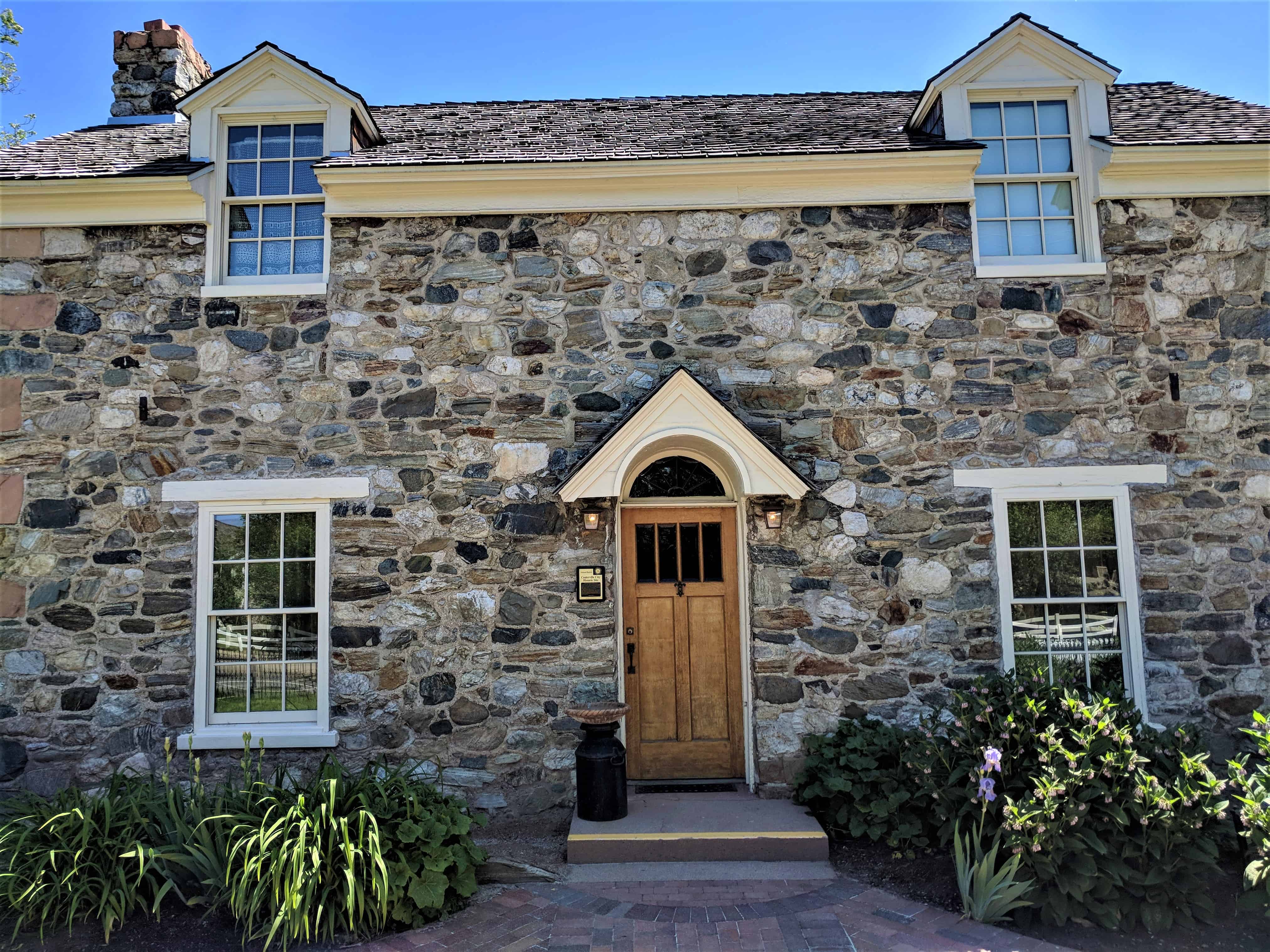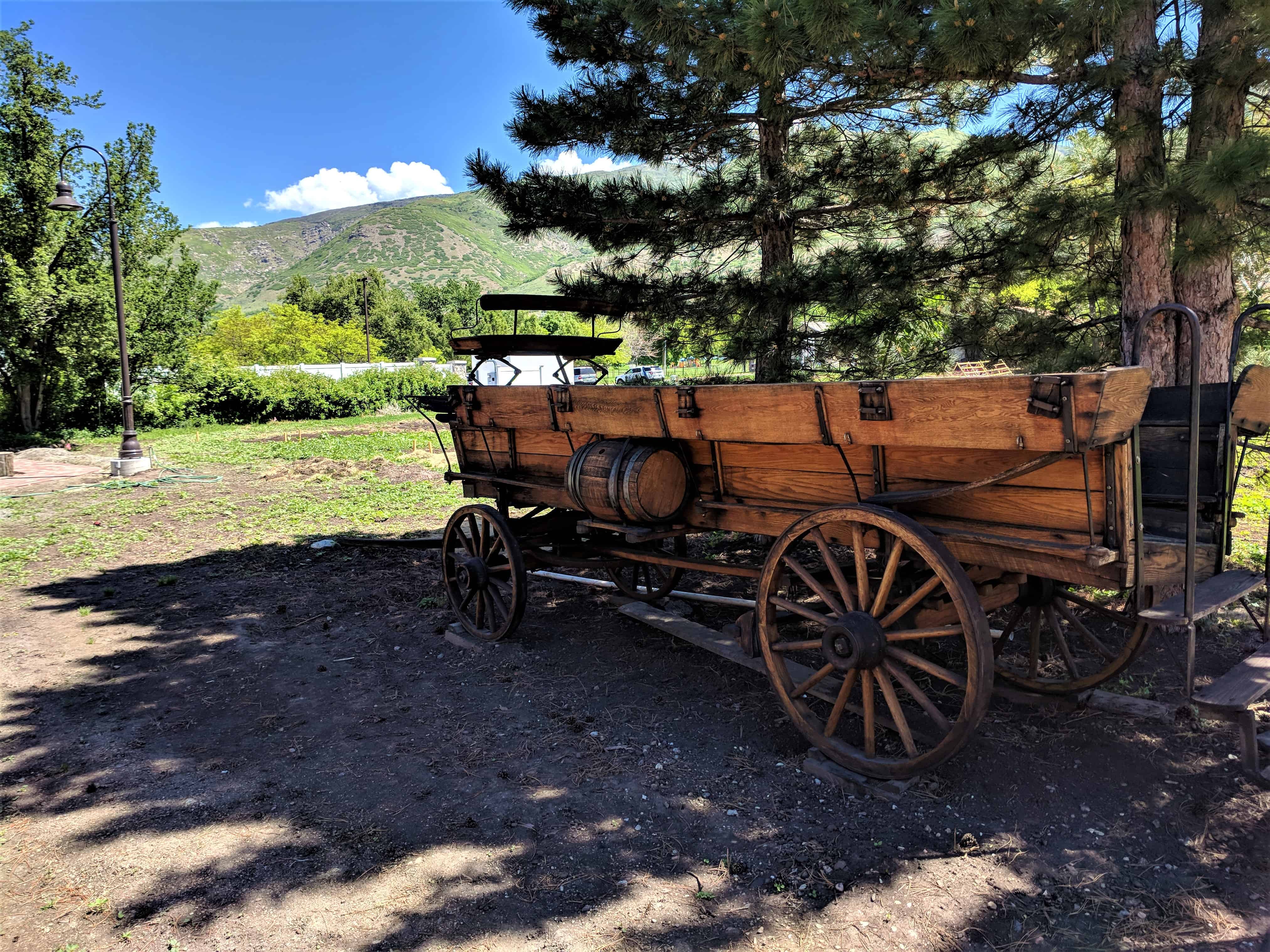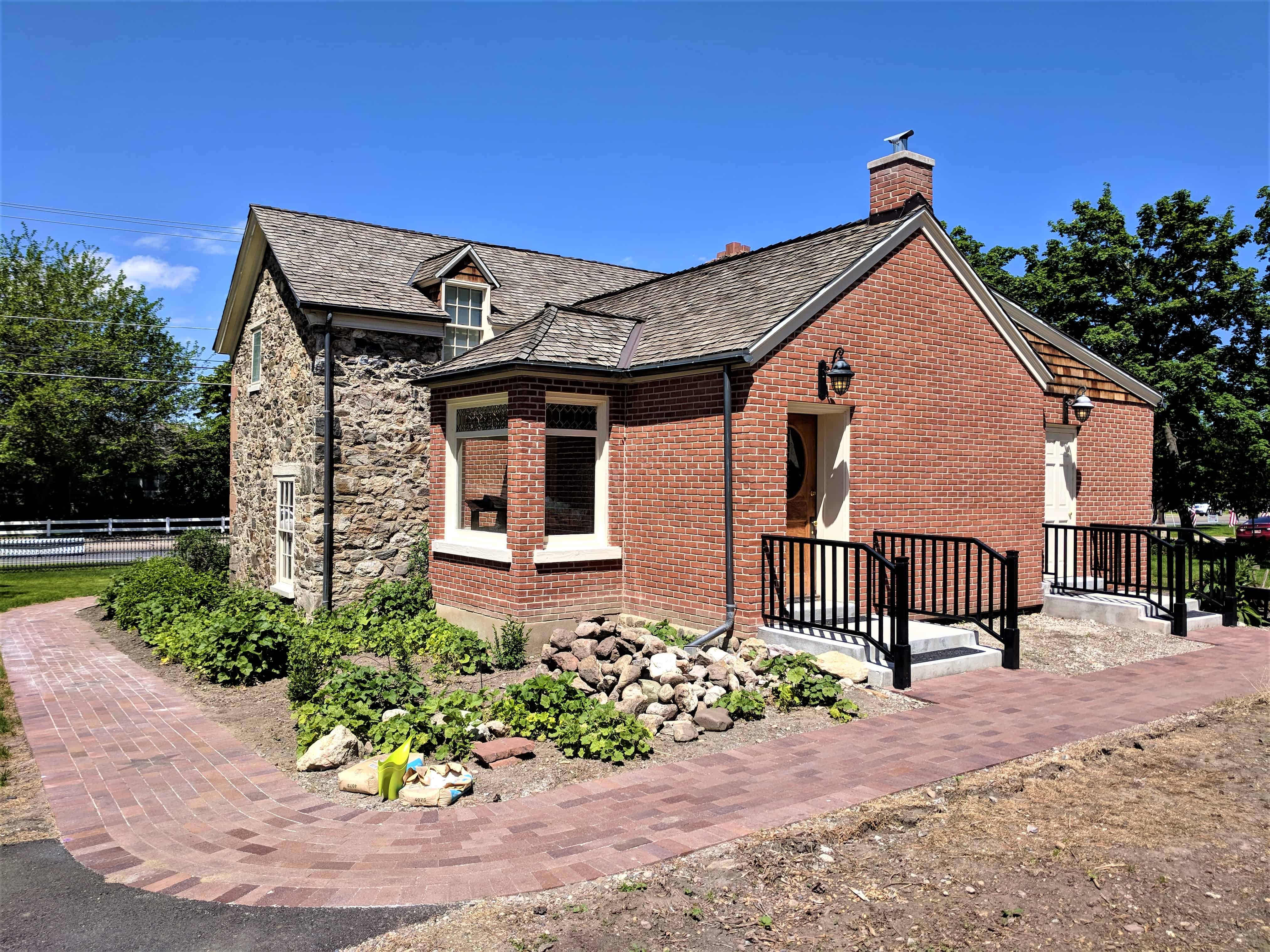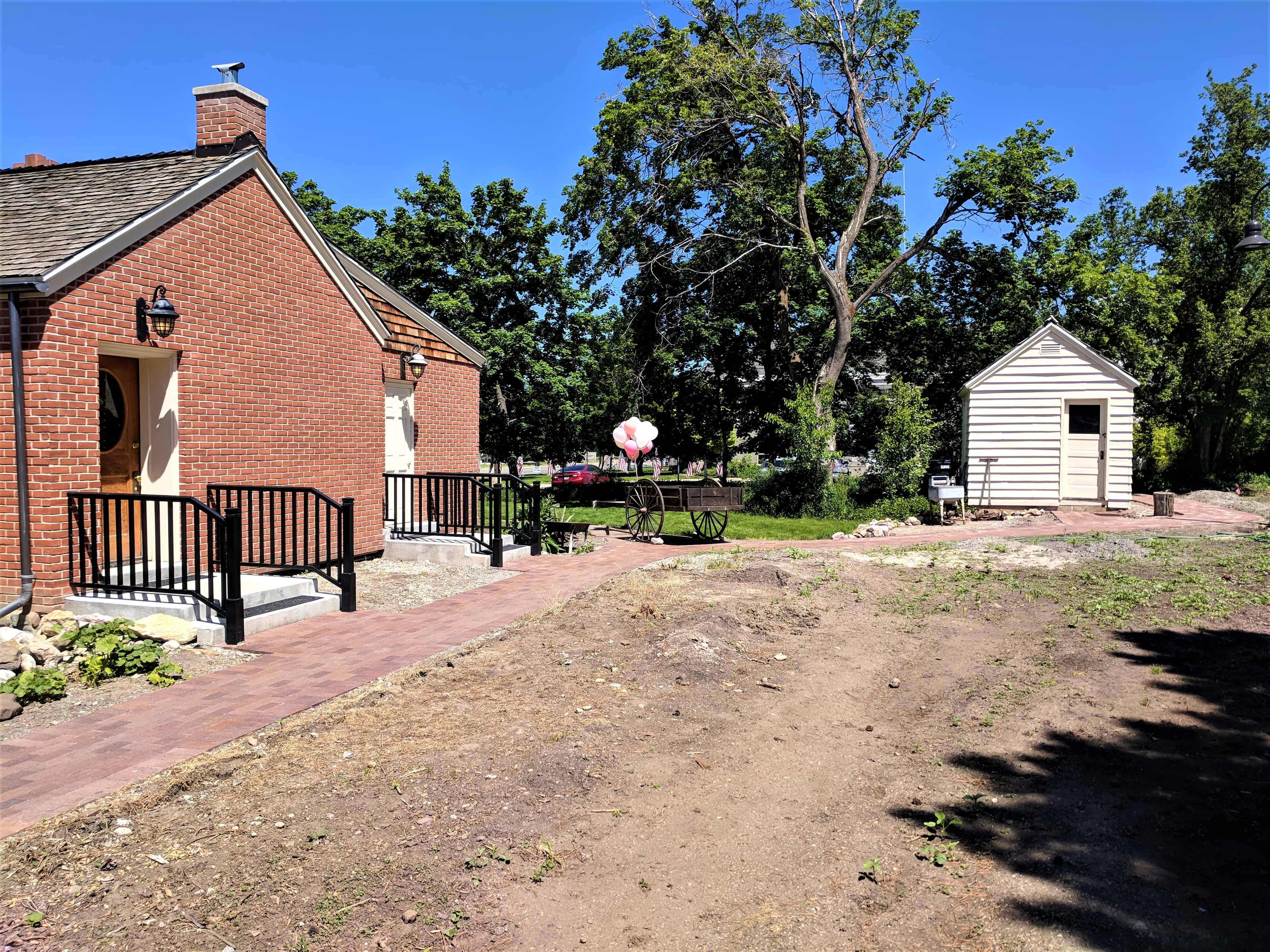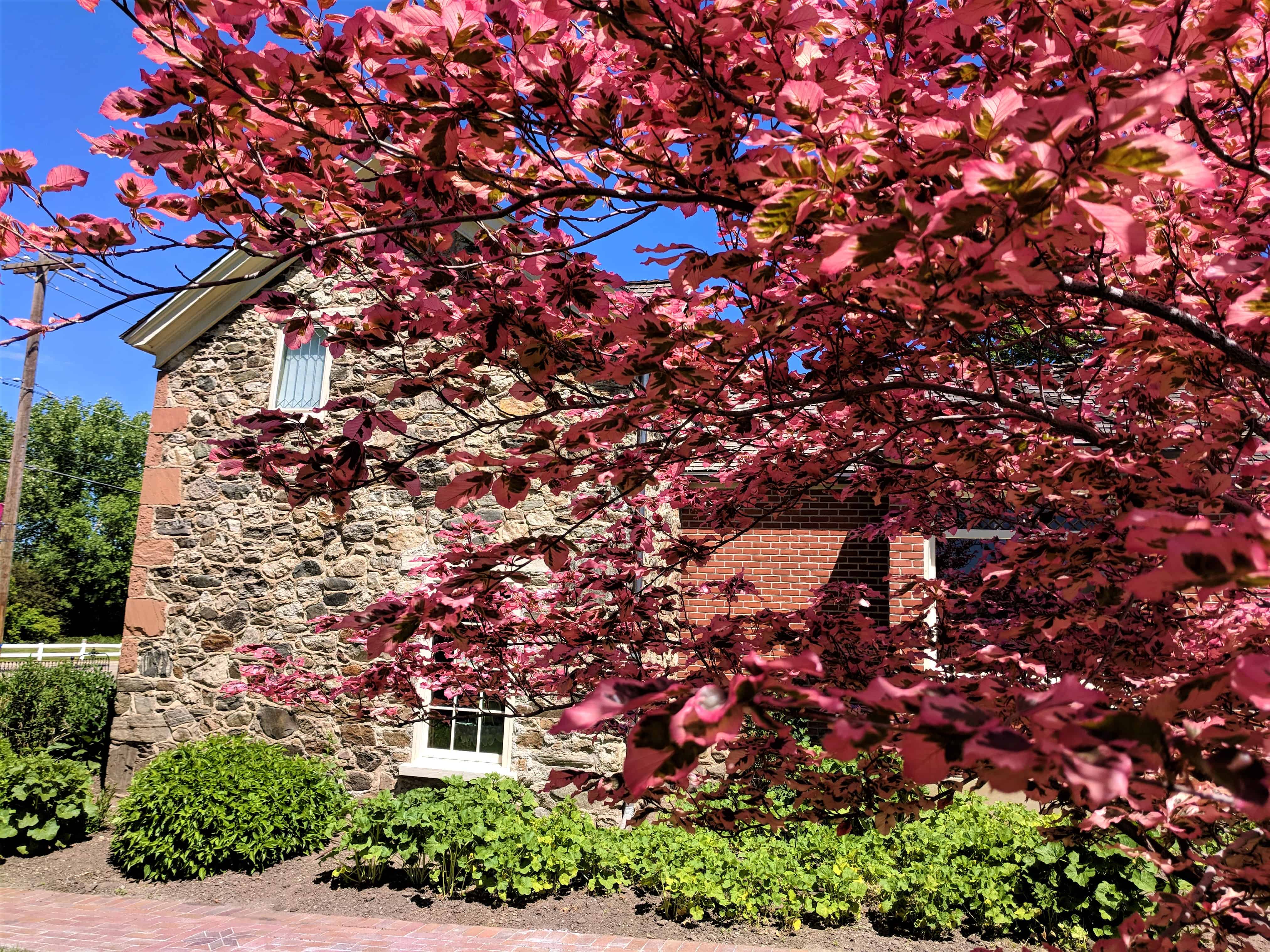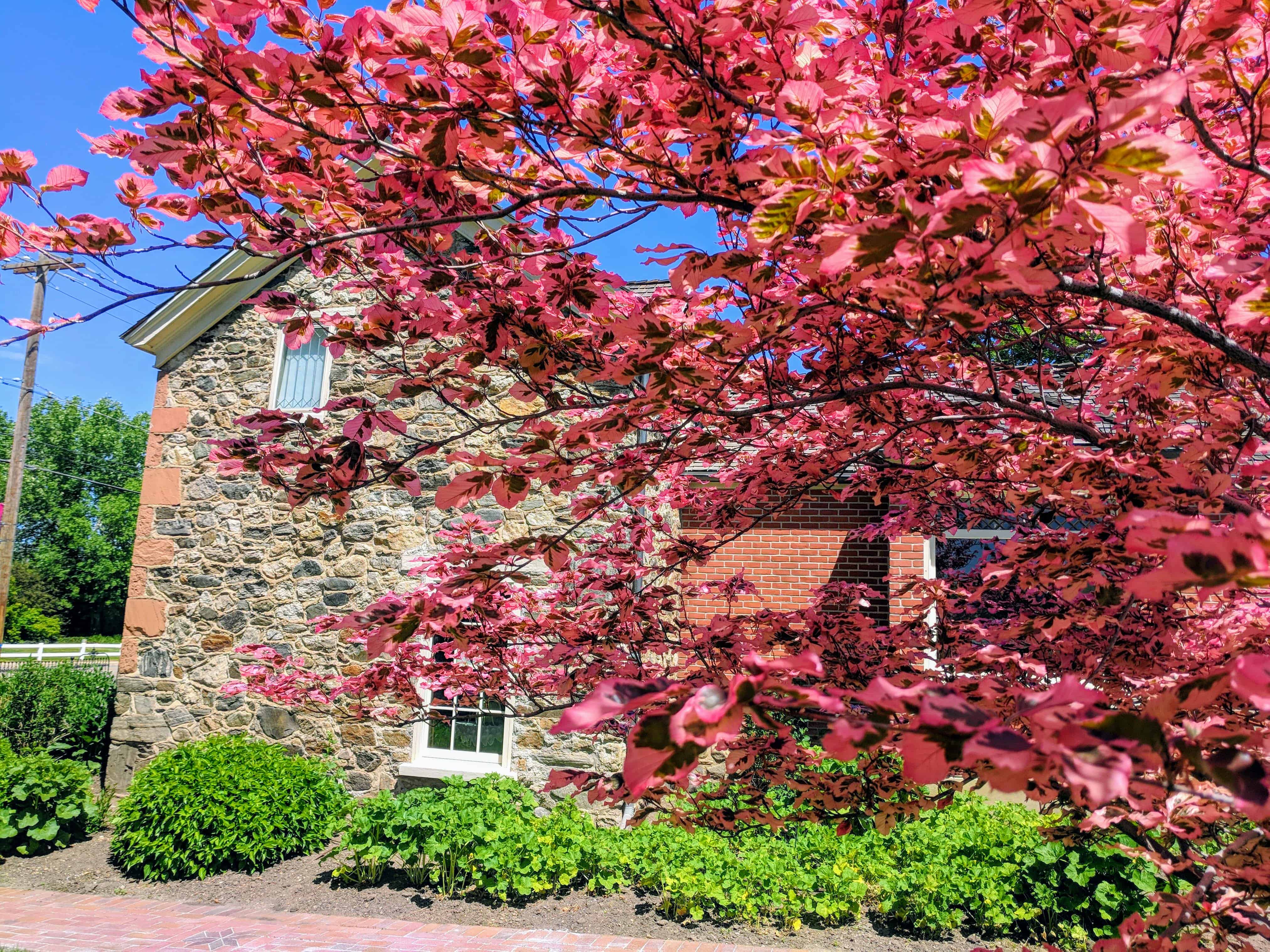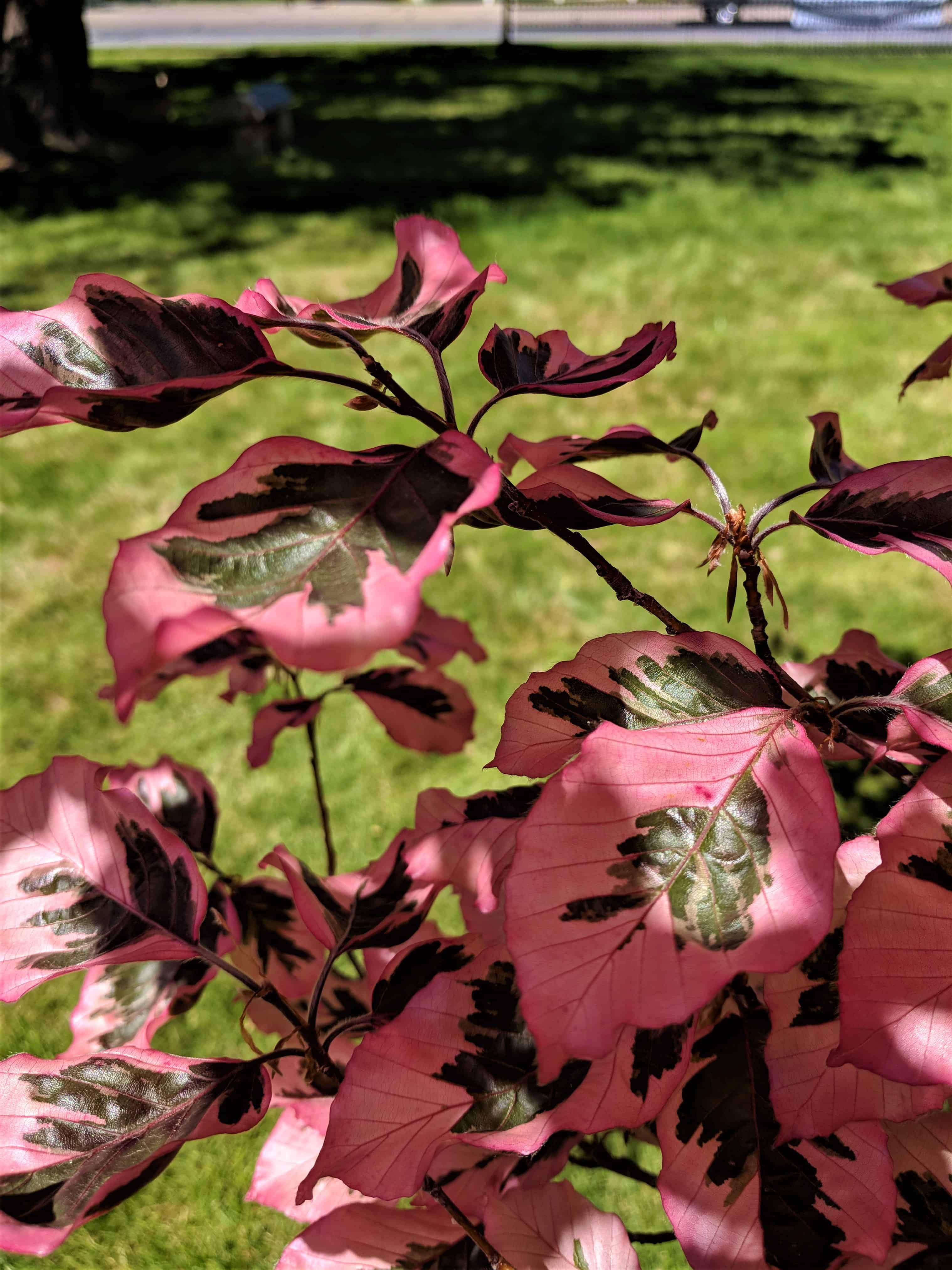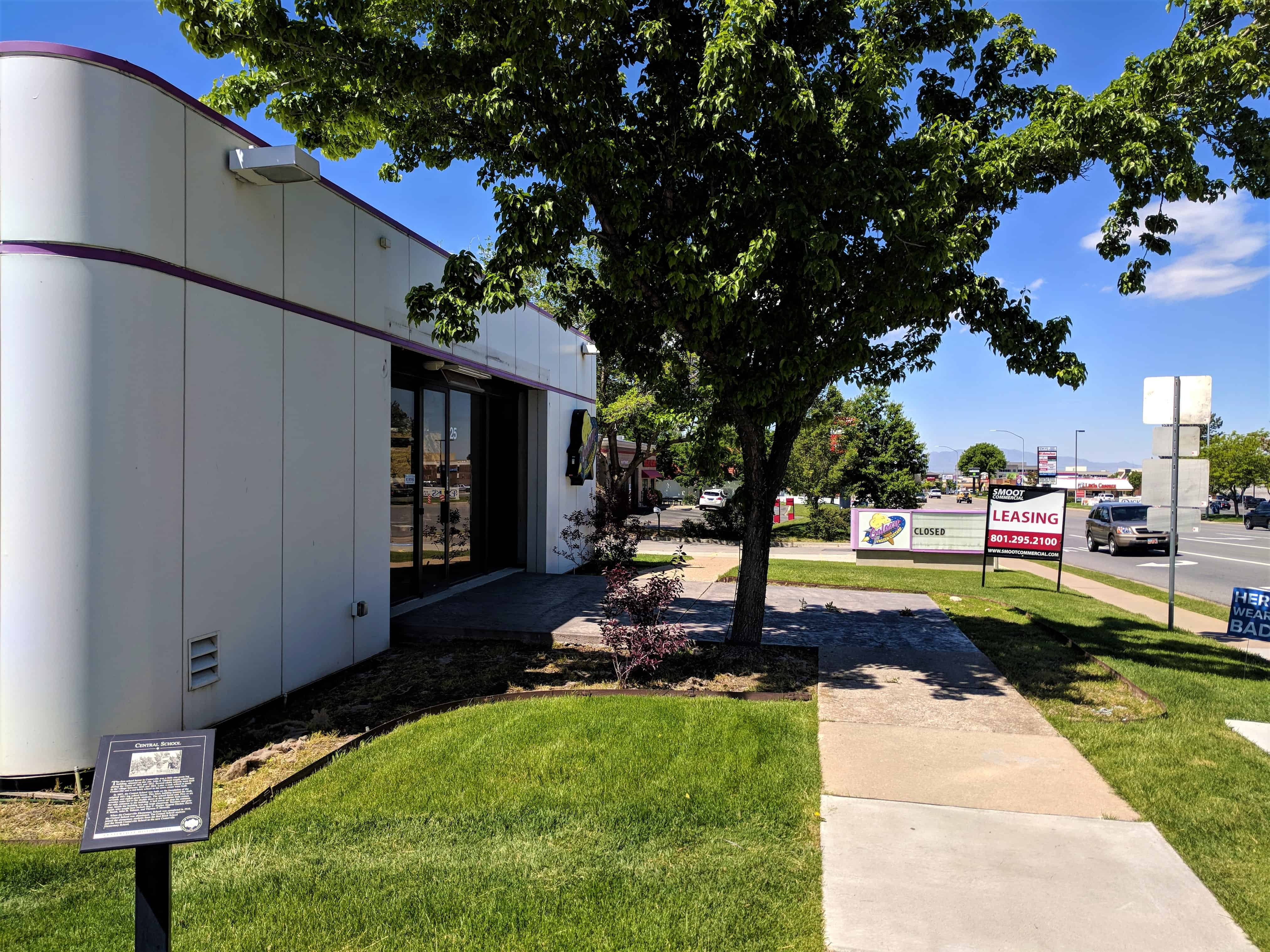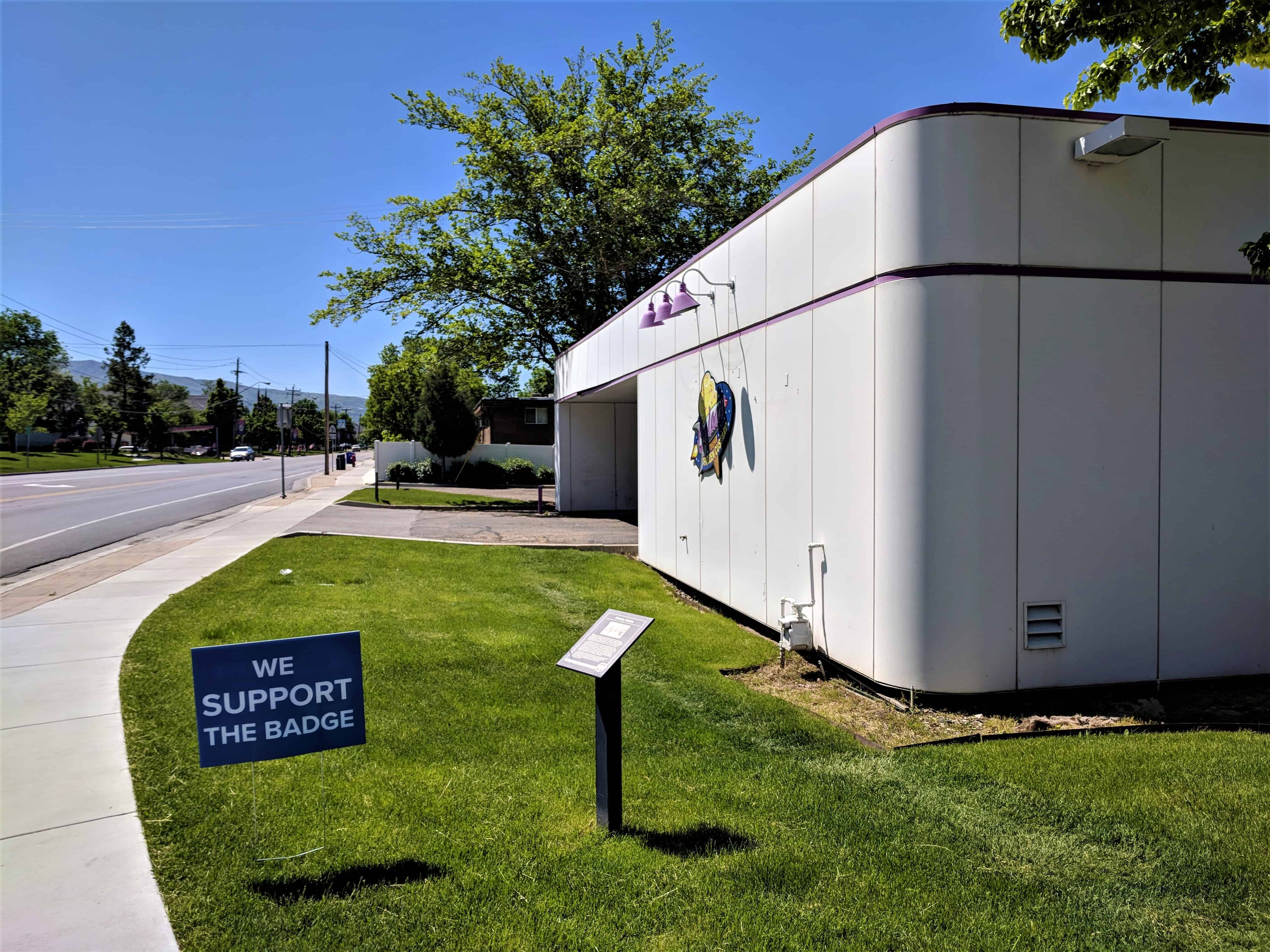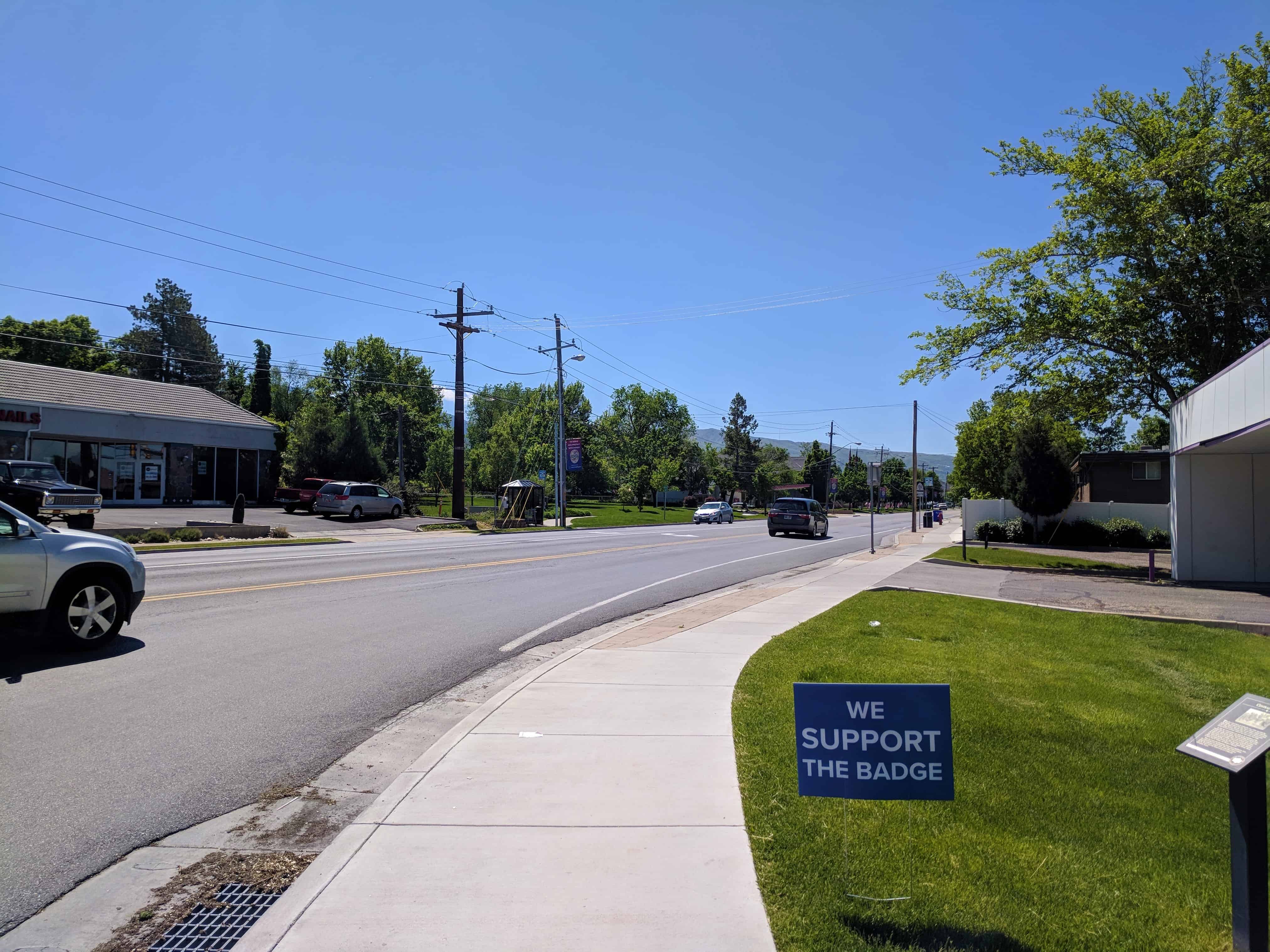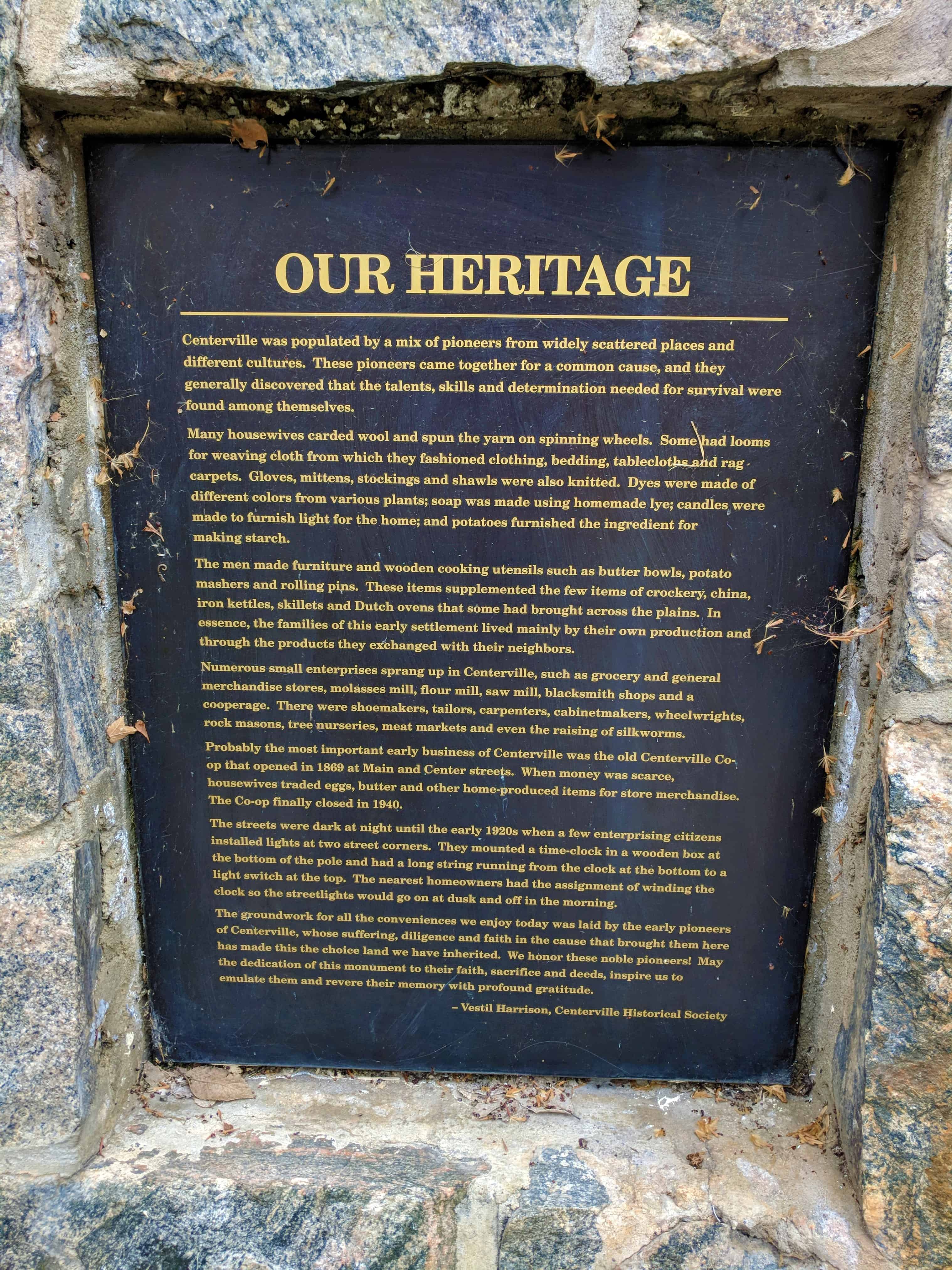Tags
Melvin Harley Randall House
The Melvin Harley Randall House is a representative example of early stone building in the vernacular tradition which was strong in the Centerville area and which may be detected even today. Unlike other parallel stone dwellings of the period which are extant, however, the Randall home retains its original exterior and interior character. The house also served as the residence of Melvin Harley and Frankie Bennett Randall until 1940. Melvin Randall served as the first Centerville Town Board President, and remained active in local church and civic affairs.
Located at 390 East Porter Lane (400 South) in Centerville, Utah and added to the National Historic Register (#80003896) on June 20, 1980.
Melvin Harley Randall was born August 1, 1852 in Salt Lake City, Utah, the son of Alfred Jason and Margaret Hawley Randall. In 1875 he married Frankie Bennett. Randall’s family had settled in the fertile land in Centerville, Utah shortly after its initial settlement in 1848. Centerville, originally called Cherry Cheek, became an important agricultural area, located some twelve miles north of Salt Lake City. As other early Mormon communities, Centerville contained a strong church organization headed by a bishop and counselors who presided over all church affairs. Civil matters also became of concern on the local level.
By 1880 Melvin Randall was listed in local directories as a farmer, with his stone home having been built around 1875. Randall was active in church, political, and educational affairs of Centerville, gaining recognition in various sources as among the prominent pioneers of the town. In 1888 Randall became a First Counselor to Centerville Ward Bishop Aaron B. Porter, and in 1899 he was ordained Bishop, serving in that capacity until 1911.
In 1915 Centerville organized into a town in order to issue bonds to install a needed waterwork. The Davis County commissioners granted the petition by Centerville residents seeking town stature, and resolved that,” the following named persons are hereby appointed as the Board of Trustees of said Centerville Town: M.H. Randall, President of the Board, and as additional members Don Major, William Barber, Joseph E. Williams and F.W. Walton.” Thus, Randall became the first Centerville Town Board President, heading the town from May 15, 1915 to December 31, 1915, and helped to install the Centerville water system. He continued active in civil affairs by serving as a Davis County Commissioner and school trustee.
Melvin Harley Randall died at his home on April 21, 1930, followed by his wife Frankie, who died in November, 1940. The home is cited in the Smoot and Sheriff history of Centerville as one of the historic homes in Centerville, recognizing it as locally significant.
The Randall House is a two-story stone hall and parlor house, two rooms wide with symmetrical door-window-door façade piercing on the first floor with matching six-over-six windows but no center opening on the second floor. A one-story frame addition has been added to the rear, which made the house into a simple “H” plan. The cornice is undecorated, as are the lintels. The door surround is done with very plain pilasters. The wall beneath the cross gable connecting the one and two story sections of the house is set back below the roof, creating a narrow porch.
A later addition containing a utility room and bathroom was built on the west façade of the original house. The interior of the house retains most of the original door, window and baseboard moulding.
A very early twentieth century photograph of the house shows ornamental pediments over the windows of the frame section. The pediments were probably removed when aluminum siding was added.

